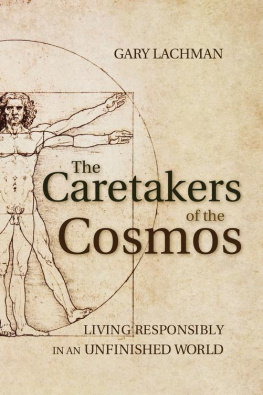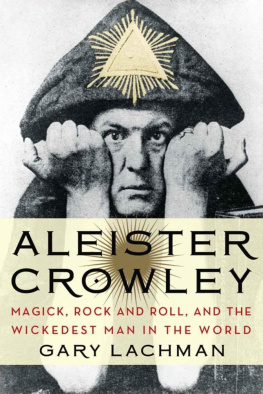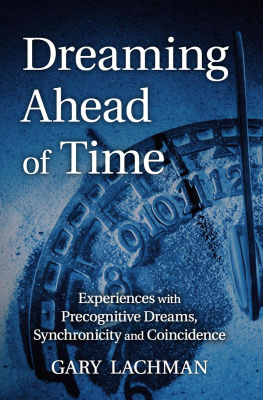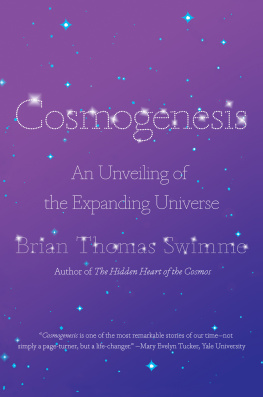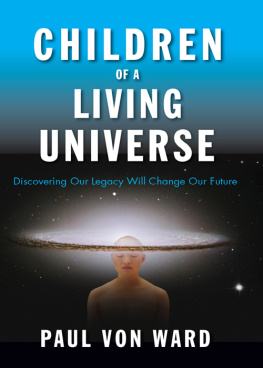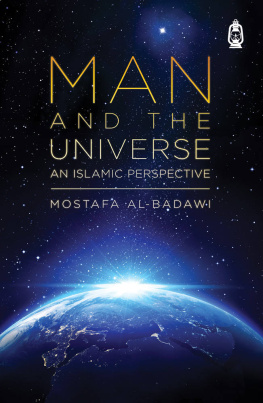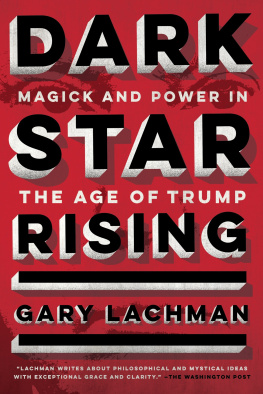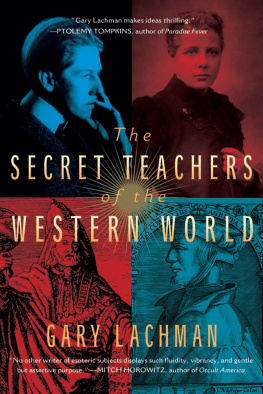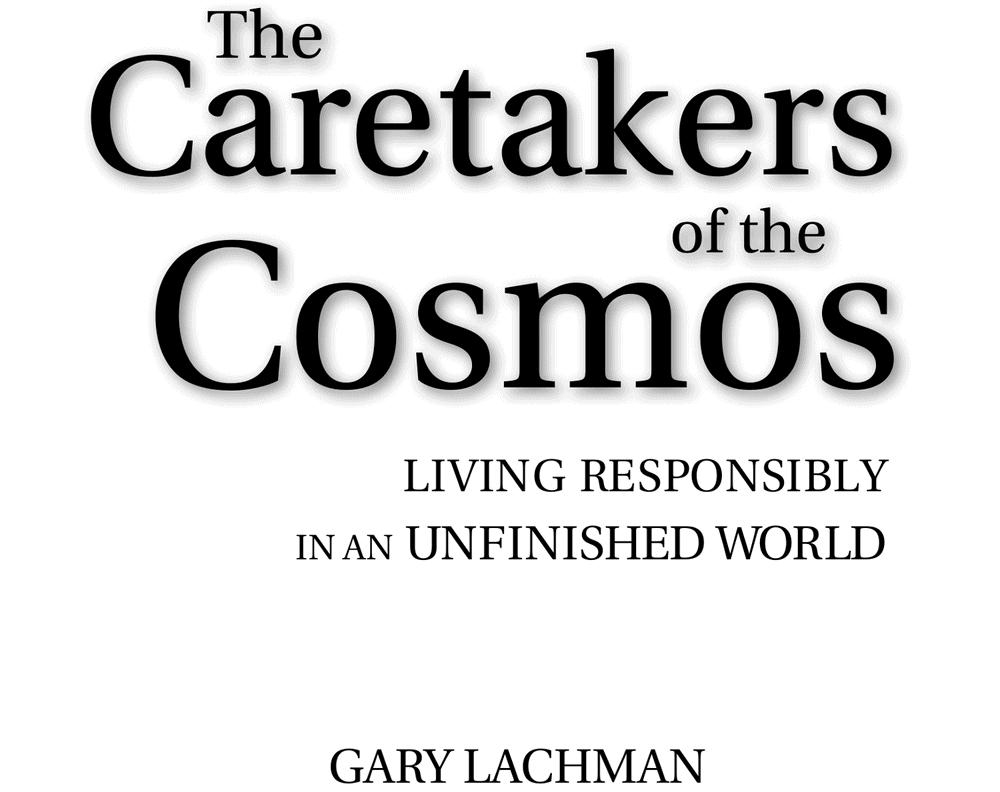If we all desire it intensely, if we organise all the visible and invisible powers of earth and fling them upward, if we all battle together like fellow combatants eternally vigilant then the Universe might possibly be saved.
This book has a bold title, and it may be a good idea to begin by trying to explain it. While working on an earlier book, The Quest for Hermes Trismegistus (2011), about the influence of Hermeticism and its mythical founder, the thrice greatest Hermes, on western consciousness, I touched on the idea of human beings as cosmic caretakers, as individuals given the responsibility of taking care of the cosmos no mean task, as Im sure readers will agree. Although for centuries Hermes Trismegistus was believed to have been a real person who lived at the dawn of time, and who received a primordial divine revelation the perennial philosophy that is at the heart of much of western spiritual thought he is now thought to have been a fictional figure, devised by the authors of the Hermetic writings, who lived in Alexandria in Egypt in the first few centuries after Christ. In the Asclepius, one of the books making up what is known as the Corpus Hermeticum, the body of mystical writings on which Hermeticism is based, Hermes Trismegistus tells his student Asclepius that man is a creature of two natures, of, indeed, two worlds. Man is, according to Hermes, a creature of the natural world, of the body and the senses, and as such is subject to all the laws and limitations that come with living in the material world. But he is also an inhabitant of another world, that of mind, spirit, the soul, consciousness, which, in essence, is free from the limitations of his other nature.
How this came about is told in the Hermetic creation myth. created in the image of God. Recent scholarship, however, argues that the author of the Poimandres, who remains unknown, came to the idea independently. Whatever the case, in two powerful spiritual traditions that have had an enormous influence on western consciousness, the same idea, that man is made in the image of the divine plays a central role.
Unlike in the Judeo-Christian tradition, but similar to the Platonic and Gnostic creation accounts, in the Hermetic account the actual work of making the cosmos was undertaken by a second Nous, a demiurge or craftsman, created by the first Nous to carry out the job. When man saw what the craftsman had forged, he marvelled at its beauty, and quite understandably, wanted to be a creator himself. Nous, his Father, loving man, agreed. The craftsman did as well, and happy to share in his work, he gave man some of his power. He gave him a share of the seven spheres which encircle the earth, the seven spheres being the orbits of the seven ancient planets, Moon, Sun, Mercury, Venus, Mars, Jupiter, and Saturn. These seven spheres govern what takes place on earth; in Hermeticism, as in astrology, they are the source of our destiny and fate. Readers familiar with the history of astronomy will know that they are the seven planetary spheres that pre-Copernican astronomers believed encircled our earth, and they will also know that the ancient astronomers believed that the earth itself was at the centre of the cosmos.
Now, in the Hermetic creation myth, the cosmos and the earth were originally formed through the action of the creative Word, the logos or Mind. But by the time that man is created, the Word has left the earth and returned to its source in Nous, leaving behind a world of mere matter. It is explained in the creation account that the material which the craftsman uses to create the cosmos is a kind of grim darkness that originates in the chaos which precedes creation. When the logos leaves it, it returns to its original state. To readers of contemporary cosmology, grim darkness sounds rather like the dark matter of which we are told most of the universe is made. It is still a beautiful world, and through the turning of the seven spheres, living things have emerged from the earths waters. Man, curious about what the creator has been up to, desires to see the earth. He pierces the seven spheres and looks down upon the beautiful world, marvelling at the craftsmans handiwork. The earth, however we can also say Nature sees man too, and recognising the Nous within him, desires him apparently the earth is a woman wanting to partake again of the divine Word. Man, too, sees his reflection and hence that of Nous on earths waters, and becomes enchanted with it, much as the youth Narcissus does in the Greek myth. No sooner does man wish to be with the earth then he drops from his heavenly perch through the seven spheres and enters into a form without the Word, that is, a body; in other words, matter. (Up until then he has been in a solely spiritual immaterial form.) It is through this descent from beyond the seven spheres to the earth that man becomes a creature of two worlds. Passing through the seven spheres, he absorbs their character and becomes subject to their laws. Wrapped in the arms of the earth, he is subject to all its limitations, to the constraints of mindless, spiritless matter, and the necessities inflicted on him by the dictates of destiny and fate. But within him still glows a spark of his origin, his birthright from the world beyond, and it is this connection with his source, with its freedom and power that will save him.
The Gnostics
In many ways this myth is very similar to the account of mans place in the cosmos given by the Gnostics, who were contemporaries of the ancient Hermeticists. The Gnostics were early Christians who embraced an interpretation of Christs teaching very different from what became the official church. As in the Hermetic myth, for the Gnostics, creation is the work of a second Nous or God, but in their case it is an entirely disastrous affair. This second God, whom they call the demiurge, or half god, is something of an idiot; at least he is so inflated with his sense of power and importance that he comes to consider himself the true God. For the Gnostics, this demiurge is Jehovah, the God of the Bible William Blake called him Old Nobodaddy and the world he has created is a kind of trap, an evil realm of falsity and oppression. Yet like the Hermeticists, the Gnostics, too, believed that a spark of the true God the God beyond the world was hidden within them. The aim of their spiritual practices and beliefs was to awaken this spark and release it, so that they could return to their source, beyond creation.
This notion of the world being a trap, and its creator a kind of demon, has had a powerful influence on western consciousness. Although for many centuries, the only source of information about the Gnostics were hostile accounts written about them by church fathers, who saw them as heretics indeed the church was particularly successful in wiping them out in the last century or so, the work of many different scholars has provided a different, broader view of these early Christians and their ideas. Gnostic ideas can be found in the work of novelists like Hermann Hesse and Thomas Pynchon, in the philosopher Martin Heidegger, for whom man is thrown into the world, and in less high-brow sources, such as the science fiction of Philip K. Dick and the films in

